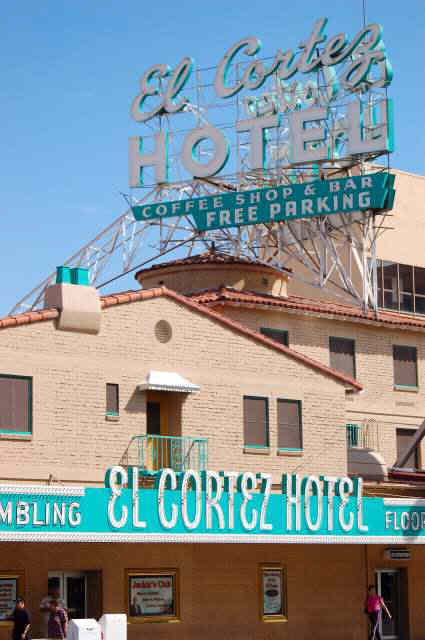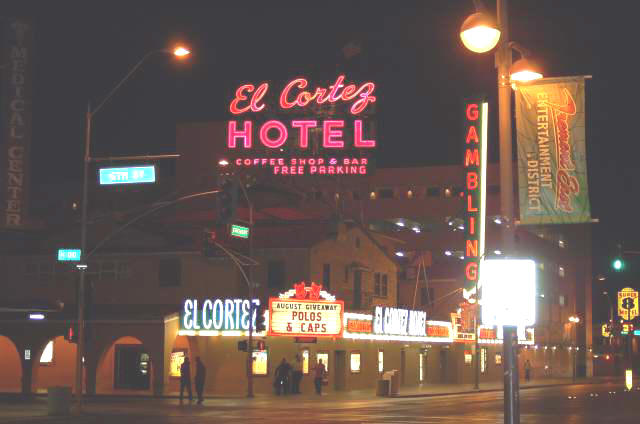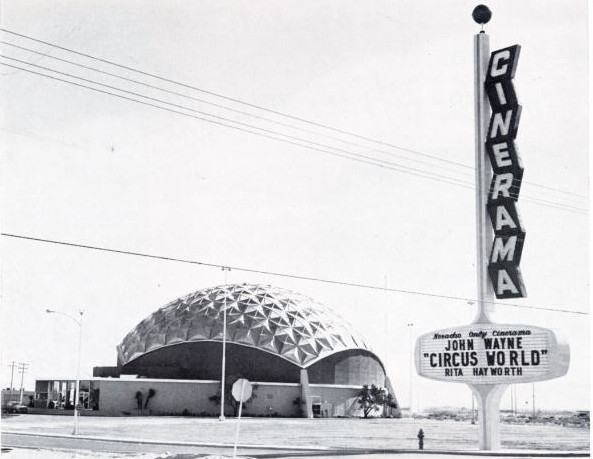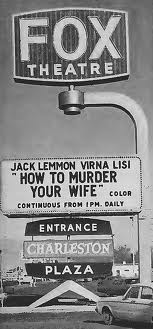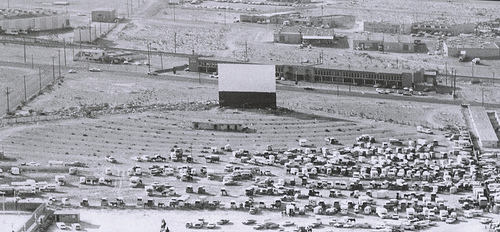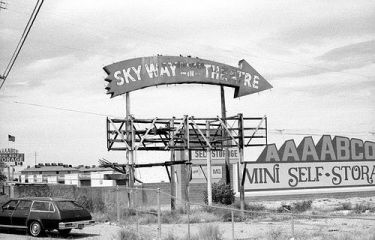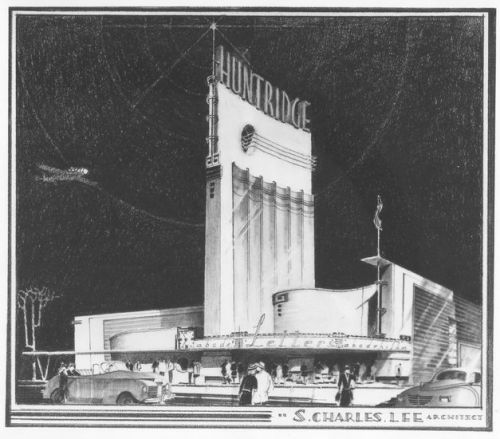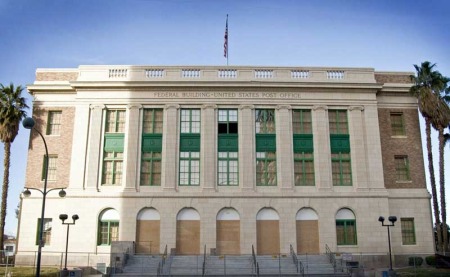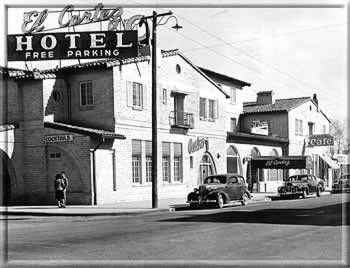
The owners of the venerable El Cortez are working towards getting the venerable downtown casino on the National Register of Historic Places.
It's brick facade dates back to 1941 when Marion Hicks built the small casino with 59 rooms. When Bugsy Siegel finally made that long drive up the highway in the early 1940s, it was not to have a fever dream about building a carpet joint on the Strip but to muscle his way into the race wire at the El Cortez. But the Hollywood story sounds betterm no doubt. Siegel finally got his hands on the El Cortez when Hicks sold the property to him in 1946. Renowned Southern California architect, Wayne McAllister did the remodel on the El Cortez in 1946.
Local hotel entrepreneur J. Kell Houssels, Jr, bought the property and under his stewardship it thrived.
In 1963, young Jackie Gaughan, who had come to Las Vegas in 1943 when he was stationed at the old Air Base (that would become Nellis). He moved his wife Roberta and two sons, Michael and Jackie, jr to Las Vegas in 1951. He bought a small 3% of the Boulder Club and 3% of the Flamingo with partner Eddie Barrick. Jackie had a knack for sports books and handicapping. In 1961, he and partner Mel Exber bought the Las Vegas Club and in 1963, they bought the El Cortez. Gaughan hired Wayne McAllister to oversee the design and construction of a new room tower.
Jackie invented the Fun Book, filled with coupons for free drinks, free slot pulls and two for one dinners. Like Benny Binion, he had a knack for understanding and treating his customers like kings.
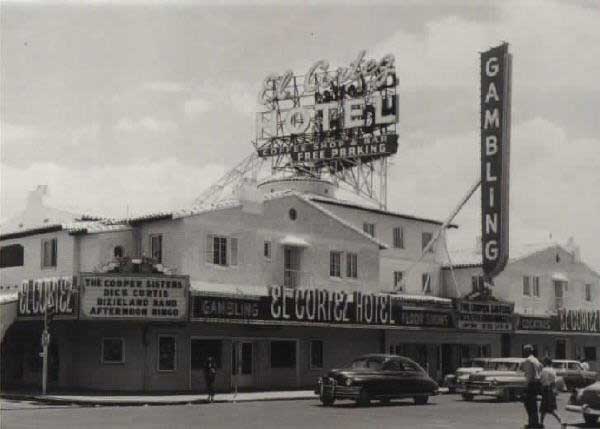
Today, the El Cortez has been restored and is thriving. It is a major partner in the East Fremont Entertainment District.
The application is being put together by historian Pete Moruzzi. It still needs the approval of the State offiice of Historic Preservation and the National Park Service. Unlike many of the casinos on the Strip where anything considered old must be upgraded, paved over or blown up, the El Cortez (and the Golden Gate) have relished their roots and still have their historic bones intact.
It's Spanish Colonial Revival architecture and its role in the post-war development of Las Vegas should not be overlooked.
Dr. Michael Green, historian and teacher at the College of Southern Nevada, says, "I think the El Cortez belongs on the historical registry. It's one of the oldest hotel-casinos in one of the world's leading resort cities. It reflects the architecture of its time. It symbolizes the evolution of Las Vegas through its own history of growth and controversy."
"Its owners have included some figures of considerable historical significance. One of its builders, Marion Hicks, appears to have had some ties to Meyer Lansky, and Moe Sedway and Bugsy Siegel, the owners who came after Hicks, definitely were part of organized crime. Their successors include two of the most important figures in the history of Las Vegas."
"J. Kell Houssels, Sr., owned several casinos downtown and eventually, with the Tropicana, on the Strip, but also was active in other businesses such as transportation and restaurants, and involved in real estate and community development. Jackie Gaughan bought the El Cortez from him with his partners, and Gaughan has been a pioneer in locals casinos and their promotion. The El Cortez contains a lot of Las Vegas history."
When I was growing up in Las Vegas, Fremont Street was the heart and soul of the city. We did our shopping, our dining, our cruising on weekend nights ala American Graffitti , all on Fremont Street. Across the street from the El Cortez was our Sears store with its pylon neon sign. Our moms had no problem taking us to Sears and never blinked twice at the gambling casino across the street.
The roof top sign was added in 1952. The other roof top signs for the El Portal Theater and the five and dime store, Coronet have long vanished from the downtown skyline but the El Cortez management keeps and maintains their sign. It's glowing neon can be seen up and down Fremont Street.
Pete Moruzzi has unearthed a deed for the property that goes back to the mid-1940s. Listed as owners are Moe Sedway, Gus Greenbaum and other mob associates of Benjamin "Bugsy" Siegel. Though Siegel would soon begin to focus on building the Flamingo Hotel out on the Strip, the El Cortez continued to be a major player on Fremont Street. It still is today and we hope for years to come.
We completely support historic designation for the El Cortez.


